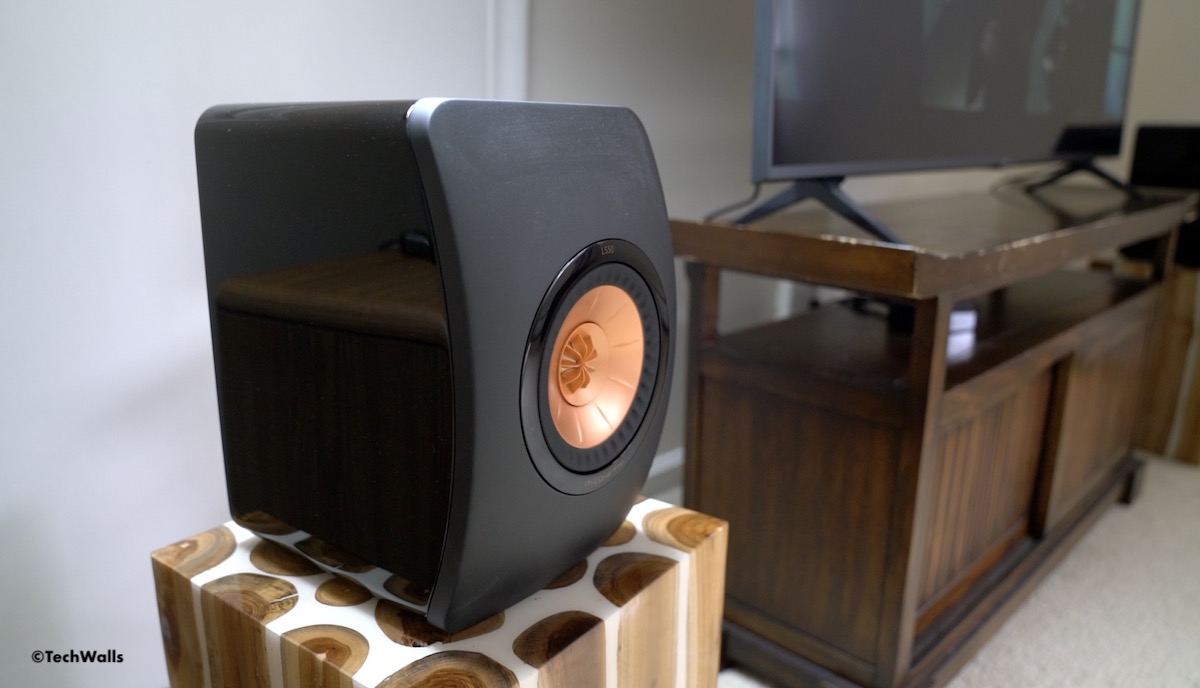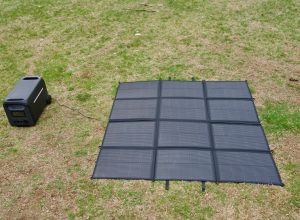For years, KEF has been at the forefront of high-end audio technology. Known for creating innovative, world-class speakers, their line has been graced by the presence of the iconic LS50 series. Among this lineup, two standouts are the LS50 and the newer LS50 Meta. Both are exceptional speakers, but in this review, we will delve deeper into why the original LS50 monitors that was released 12 years ago might be the better option for many.
1. Time-Tested Excellence
The LS50 has been a fixture in the audiophile community for its sterling reputation. It’s a product that has stood the test of time and countless critical evaluations. This longevity speaks to its quality, consistency, and capability to deliver a remarkable audio experience. While the LS50 Meta comes with its own set of improvements and refinements, the original LS50’s reputation and longevity in the market can’t be overlooked.
2. Unmatched Acoustics
At its core, the LS50 employs KEF’s patented Uni-Q driver array, which places the tweeter at the center of the midrange and bass cone. This design ensures that sound comes from a single point source and guarantees a more detailed, accurate, and integrated three-dimensional sound image. While the LS50 Meta uses a similar design, many purists argue that the original LS50’s rendition provides a more authentic sound that appeals to those looking for a pure, unaltered auditory experience.

3. Value Proposition
With the introduction of newer models, the price of preceding models often sees a reduction. This makes the original LS50 a more budget-friendly option without a significant compromise on quality. For those who are cost-conscious but unwilling to skimp on sound quality, the LS50 presents an attractive proposition over the pricier LS50 Meta.
4. Solid Build and Iconic Design
The LS50’s construction is top-notch. Its constrained layer damping coupled with the uniquely shaped cabinet ensures that sound waves are reflected and absorbed in an optimal manner, leading to minimal distortion. Its design, while minimalistic, is iconic, and it fits seamlessly into any room.
5. Wide Soundstage and Depth
One of the commendable features of the LS50 is its ability to produce a wide soundstage and depth that’s rarely found in speakers of its size. The imaging is impeccable, with instruments and vocals being placed with precision across the soundstage. Though the LS50 Meta promises enhanced performance in this realm, the differences are subtle, and the original LS50 continues to hold its own impressively.
6. Flexibility in Amplification
The LS50, being a passive monitor, provides flexibility in amplification choices. This means you can pair it with the amplifier that best complements your listening preferences. I myself pair it with the Yamaha A-S501 amplifier and add a Audioengine B1 Bluetooth Music Receiver to turn it into a wireless system.
7. Legacy and Reputation
There’s a certain cachet attached to owning a product that has revolutionized an industry or set a benchmark. The LS50, upon its release, was lauded for pushing the boundaries of what was expected from a bookshelf speaker. Owning one is not just about the sound quality but also about being a part of that legacy.
Conclusion
The original LS50, with its combination of outstanding performance, value for money, and time-tested reliability, makes a compelling case for itself. For a listener entering the audiophile world or someone looking for a reliable and exceptional pair of monitors without breaking the bank, the LS50 remains a stellar choice. I bought the LS50 speakers at nearly half of the price of the LS50 Meta and can’t be more satisfied with the decision.



